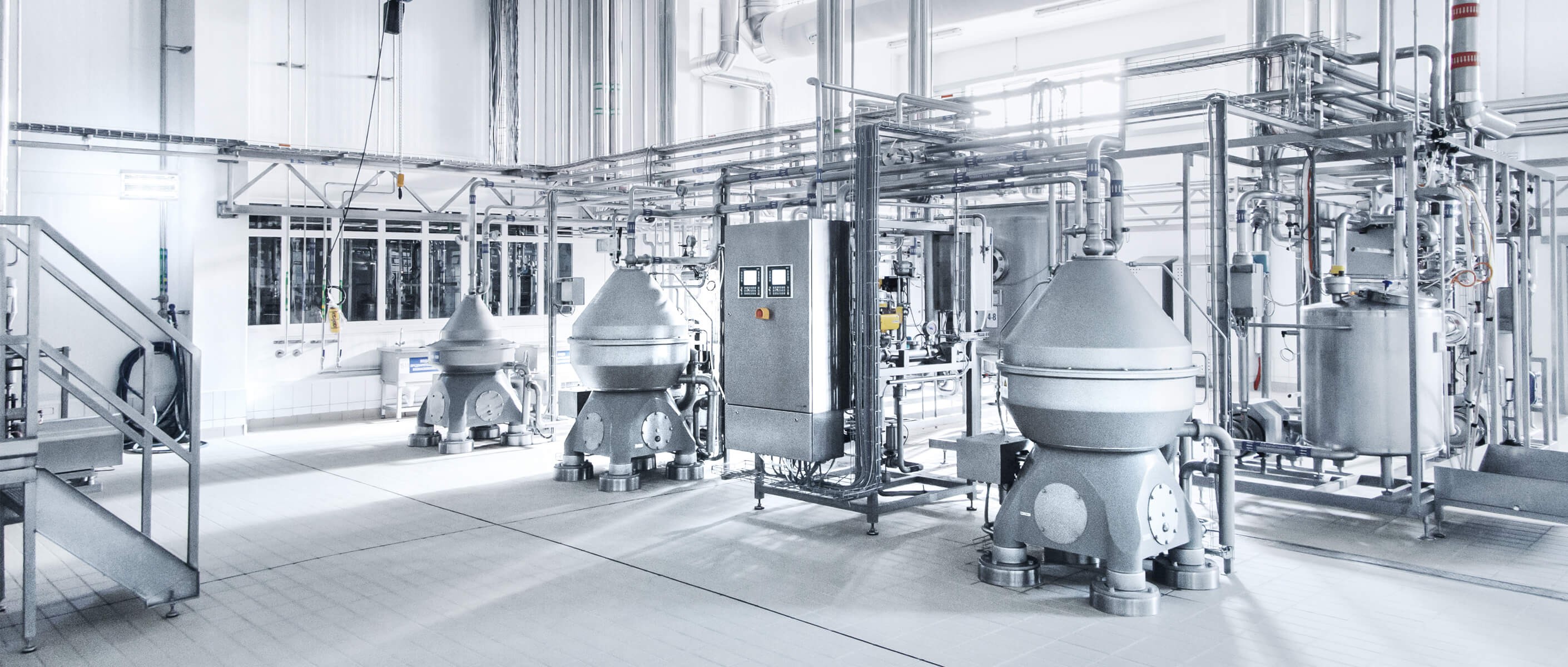Süt endüstrisinde son gelişmeler
Süt, içerdiği çok çeşitli besin maddelerinden dolayı tüm memeli canlılarda organizmanın gereksinmelerini karşılayabilen hayati bir gıdadır. Yavrunun beslenmesinde temel gıda olan süt, hayvan yetiştirmede besin materyali, aynı zamanda gıda sanayiinde ve bunların dışında farmakoloji ile diğer endüstri dallarında da hammadde olarak kullanılmaktadır. Yeterli bir beslenme için gerekli besin maddeleri bitkisel ve hayvansal gıdalarda değişen oranlarda bulunmaktadır. Oysa süt, bir çok besin öğelerini, özellikle, gelişme çağında gerekli olan protein, mineral maddeler ve vitaminleri diğer gıdalara göre daha yeterli düzeyde içermektedir. İnsan yaşamındaki öneminden dolayı, sütün üretimi ve ürünlere işlenmesi, tarımsal üretim içinde önemli bir yere sahiptir. Yaklaşık altı milyar civarındaki dünya nüfusu bir yandan hızla artmaya devam ederken, diğer yandan tarımsal alanlar her yıl biraz daha azalmakta, bu nedenle birim alandan daha yüksek verim elde edilmesi için sürekli çalışmalar yapılmaktadır. Aynı değerlendirme süt üretimi için de geçerli olup; her bir süt hayvanından daha fazla miktarda süt elde edilmeye çalışılmaktadır. Dünyada 150 yıllık bir geçmişi olan süt endüstrisi, Türkiye'de 20. yüzyılın başında küçük süthane ve mandıralar durumunda iken, 1957 yılında Atatürk Orman Çiftliği bünyesinde ilk modern süt fabrikası şeklinde üretime başlamıştır. Daha sonra 1963 yılında bir yasa ile kurulan Türkiye Süt Endüstrisi Kurumu (SEK) (özelleşinceye kadar) ülkenin farklı yerlerinde 40' a yakın fabrikası ile üretim yaparak, Türkiye sütçülüğüne katkıda bulunmuştur. Bunun yanı sıra, 1970'li yıllardan itibaren özel sektör de süt endüstrisine ilgi göstermiştir. Bu dönemde, modern fabrikalarda süt ve ürünleri üretilmeye başlanmıştır. 80'li yıllar mevcut bazı mandıra ve fabrikaların modernizasyona gittiği, 90'lı yıllar ise, bazı modern süt işletmelerinin yabancı firmalarla ortaklıklar kurmaya başladığı bir dönem olmuştur(Yetişmeyen ve Deveci, s.3). Bu süreç içerisinde, özellikle son 10-15 yıllık periyotta, Türkiye'de süt sanayiinin genel yapısı ve karakterinin de değişmeye başladığı belirlenmiş ve her ne kadar yeterince hızlı gelişme göstermese de, sektör geleneksel yapı ile ilkel kimlikten sıyrılmaya başlamıştır. Bu değişim sürecinde; özellikle orta boyutlu işletmelerin büyümeye ve modernizasyona gittiği, bu anlamda teknolojilerini yenilemeye çalıştığı belirlenmiştir. Konu ile ilgili olarak, Türkiye süt sanayiinde yıllardan beri değişmeyen son derece önemli bir oransal dağılımdan da söz etmek mümkündür. Buna göre, üretilen sütün % 40'ı kaynakta tüketilmekte ve % 60'ı da pazarda değerlendirilmektedir. Bununla biriikte, pazarianan sütün de % 45'i mandıralarda, % 15'i modern işletmelerde ve geri kalan % 40'lık bölümü ise; süt sektörünün en önemli sorunlarından biri olan sokak sütü olarak değeriendirilmektedir. Söz konusu bu oransal değerierin süt sanayii gelişmiş ülkeler ile kıyaslandığında öneırıli farklılıklar gösterdiği görülmektedir. Nitekim gelişmiş ülkelerde üretilen sütün % 90'ınm modern fabrikalarda işlenmesi bu konuda verilebilecek en çarpıcı örnektir (DPT(f), S.43). İşte bu çalışma, süt sanayiinin gelişimini ve bağlantıda olduğu en önemli sektörierden biri olan, tarım sektöründeki çeşitli politikalarda ortaya çıkan gelişmeleri ortaya koyması açısından önemli görülmektedir. Çalışmada, konunun hem sanayi hem de tarım boyutunun Türkiye, AB ve dünya ölçeğinde irdelenmesi de önemlidir. Ayrıca, dünya ticaretinde yaşanan son gelişmelerin süt ve süt ürünleri sanayiinin gelişimine olan yansımalarının Türkiye ve önemli üretici ülkeler itibariyle incelenmesi, bu konuda yapılan çalışmaların sınırii sayıda olması da dikkate alındığında, çalışmanın önemini artırmaktadır.
Devamını Oku Türkçe
Türkçe English
English Pусский
Pусский اللغة العربية
اللغة العربية